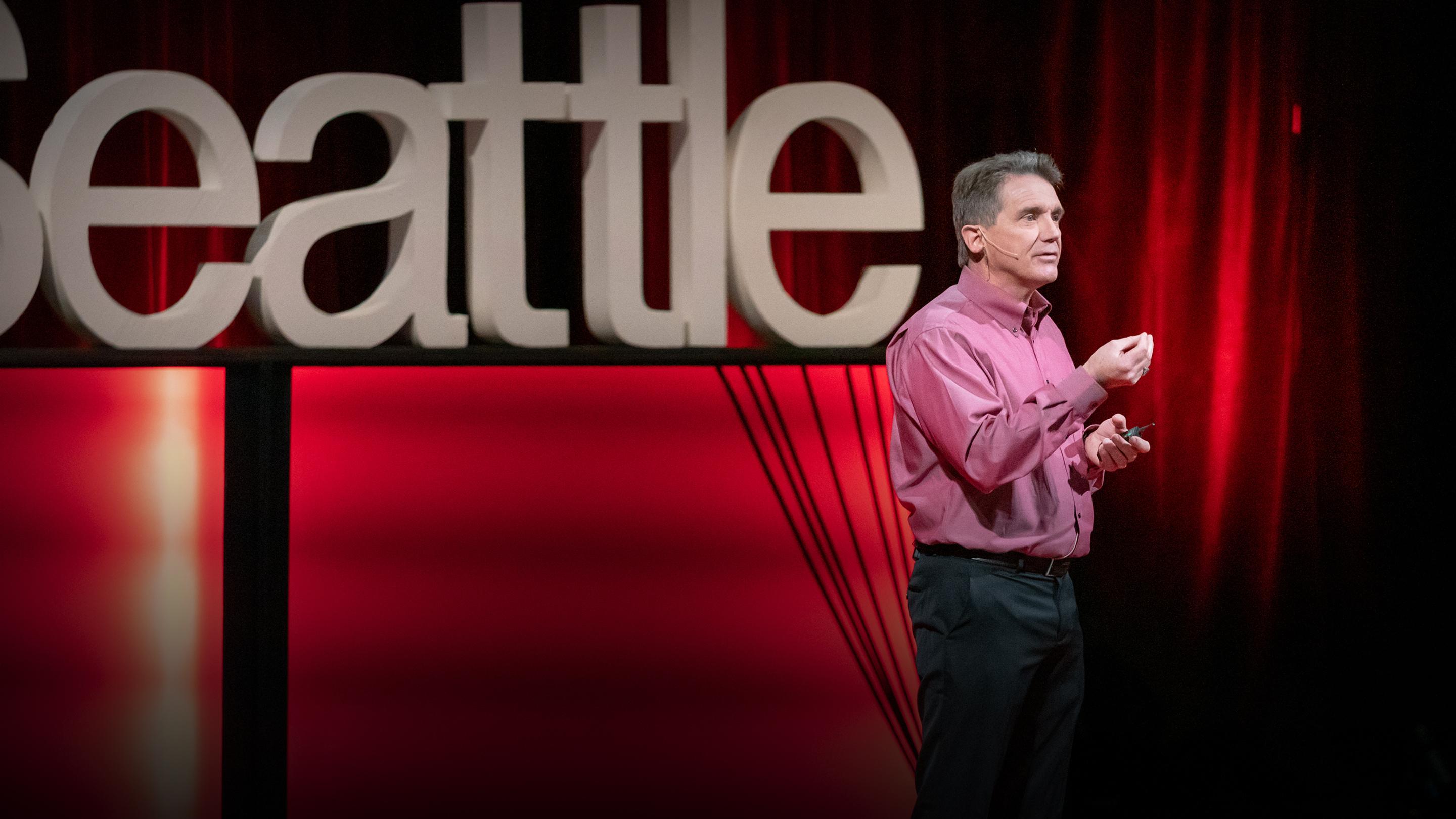Heart disease is the #1 killer in the world. In the U.S, it’s the #1 reason people go to the hospital and the #1 reason of healthcare expense. We spend over $100 billion in this country every year on the treatment of heart disease-- that’s more than twice the annual budget in the state of Washington!
The heart is the least generated organ in the human body. The plug of blood flow causes the heart to die quickly when the flow is interrupted. Since the heart cannot grow back new muscles, it heals by scar formation. This leaves a patient with a deficit in the amount of heart muscle he or she has. As the illness increases, the heart cannot keep up with the body’s demand for blood flow. The imbalance of supply and demand is the crux for heart failure.
The heart lack stem cells entirely. Pluripotent stem cells are the most potent stem cell type. They can turn into 240 some cell types that make up the human body. By growing them into large numbers and differentiating to cardiac muscles, transplant them into heart attack patients, and the cells will recede the wall with new muscle tissue to restore contractile functions to the heart.
Murry's team was able to get clumps of beating human heart muscle in a dish. When doing the cell counts, Murry found out that only 1 out of 1,000 of the stem cells turned into heart muscle.
Yes. The amount of blood that is squeezed out of the chamber of the heart with each beat is a ventricular ejection fraction. In humans, ejection fraction is about 65%. After a heart attack, the ejection fraction drops down to 40% and a patient is on his or her way to heart failure. Every animal that received a human graphed cardiac muscle resulted in a substantial improvement in cardiac that averages between 40% to 48%.
